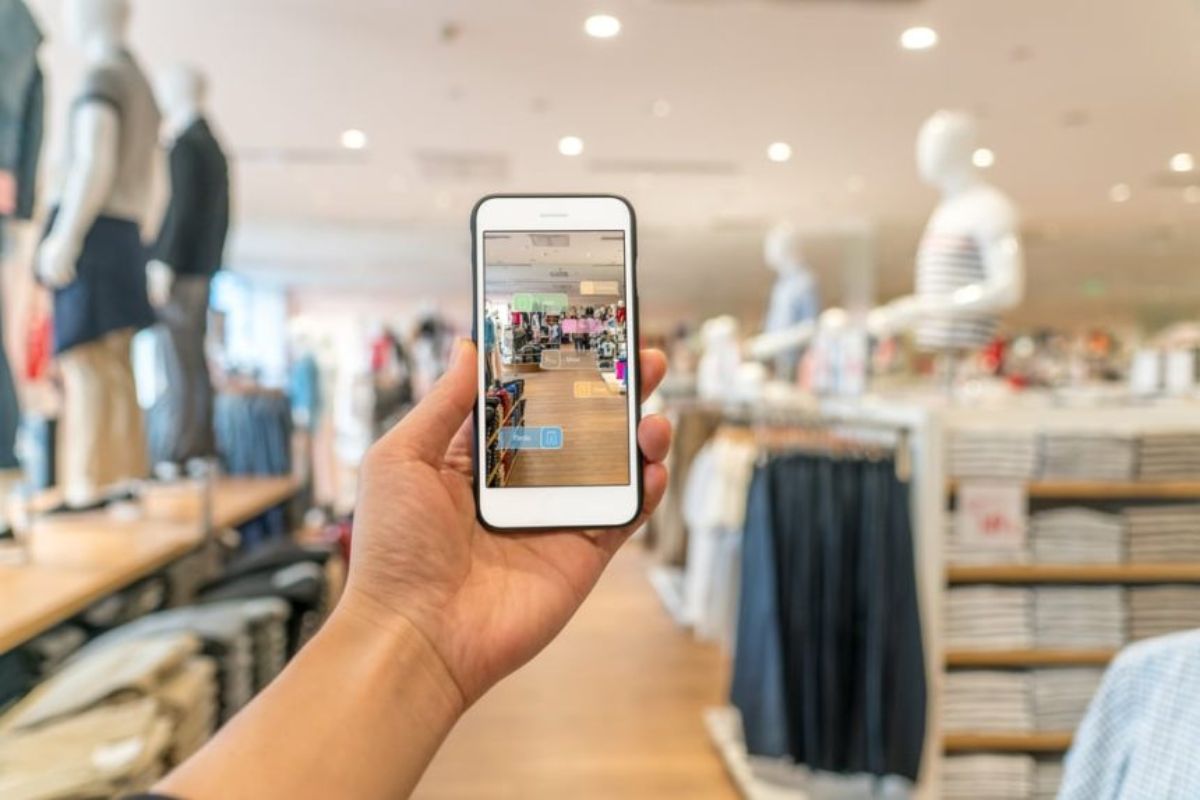The rise of technology has revolutionized almost every industry, and the fashion industry is no exception. From social media platforms to e-commerce websites, digitalization has changed the way consumers interact with fashion brands. In this fast-paced digital era, it has become crucial for the fashion industry to adapt and embrace digital transformation in order to stay relevant and competitive. In this blog post, we will explore how the fashion industry is embracing digital transformation and its impact on both consumers and businesses.
Digital Transformation: Shaping the Future of the Fashion Industry
According to estimates, the global e-commerce fashion industry can reach trillions of dollars by 2027. Now, how is digital transformation helping this process? And what strategy are companies in this industry implementing to avoid losing their positioning and brand quality among consumers in an increasingly digitized world? In an age characterized by relentless change and the need for strategic modernization, industries like fashion find themselves navigating a rapidly evolving landscape. Today, they face the challenge of keeping pace with technological trends and optimizing their operations. The goal is not only to attract a broader customer base but also to offer innovative product experiences that align with their evolving needs and expectations. Changing customer expectations are what have led the fashion industry to adapt its investments towards digital transformation.
Social commerce as a key factor for brand investment
Social commerce as a disruptive strategy compared to traditional electronic commerce for the fashion or clothing sector creates a lot of consumer satisfaction. In fact, such categories are favorites for rapid growth. Generations are changing and with the gigantic step of technology, consumers have adapted to new ways of obtaining the product they want as quickly and effectively as they can; but at the same time connect with the brand of your preference.
To satisfy such needs of users, the social commerce that companies now apply is based on a new way of interacting with the consumer, offering an optimized purchase that generates emotional encounters, completely blurring the boundaries between the product and electronic commerce as we know it. On the other hand, fashion consumers turn to social commerce to seek inspiration from their favorite influencers or simply people with whom they feel a deep emotional connection as one of their strongest and most determining points to consider for their future purchases.
It is logical to imagine what a piece of clothing might look like if we first see it worn by a person we consider special. Finally, brands are investing in a broader and more versatile ecosystem to attract more customers with the impetus of influencers, social networks, and the marketplace to take necessary data according to the tastes of each user to provide them with experiences more adapted to each person’s style.
Interact with consumers thanks to the metaverse
Every day we are closer to removing the limits as much as possible of digital and physical space; Many companies recognize this and are investing in it. That is why the fashion industry has adopted AR technology (which incorporates virtual elements into the real world) and VR (a completely new virtual world in which users can immerse themselves and explore). So that consumers can enjoy a unique experience by “trying on” their items anywhere and at any time. In this way, convenience and precise choice are encouraged; but satisfactory to the buyer.
Fashion companies are prioritizing medium and long-term investments in the metaverse due to its great utility for the future. It represents an innovative way to attract more customers, and amazingly we are talking about creating an exclusively digital community; but that it extends to more digital areas such as games. It is already a fact, that in 2022 the clothing company Benetton announced that users of its metaverse store would choose to participate in gaming experiences where they could obtain QR codes that they could then redeem in physical stores; thus encouraging and rewarding fashion buyers to have to go to the metaverse store so that they can discover a new shopping experience and stay with it.
This is just a preamble to what new fashion shopping experiences will become in the coming years. Companies continue to invest in “the gem” that positions them as favorites in this field, which we are almost certain will be an edge of technology. Digital transformation has evolved in exciting ways in the fashion industry and is now happening before our eyes.
Successful compliance execution strategy
Now, if the proposed goal of acquiring new customers is achieved through the medium of social commerce, metaverse, or electronic commerce; Fashion companies will also have to invest in how to get products to these users. In consensus, most users like to receive their orders within a period of no more than 3 days after purchase. In line with this, fashion brands are investing in optimized warehouse technologies, considering warehouse space and stock volumes to satisfy large online demands and ensure that the entire process contributes to the exponential growth of companies.
Bottom Line
The fashion industry is embracing digital transformation by utilizing social commerce, metaverse technology, and optimizing warehouse technologies. These strategies are aimed at attracting customers, providing unique shopping experiences, and ensuring efficient order fulfillment processes to support the industry’s growth in the digital era.












